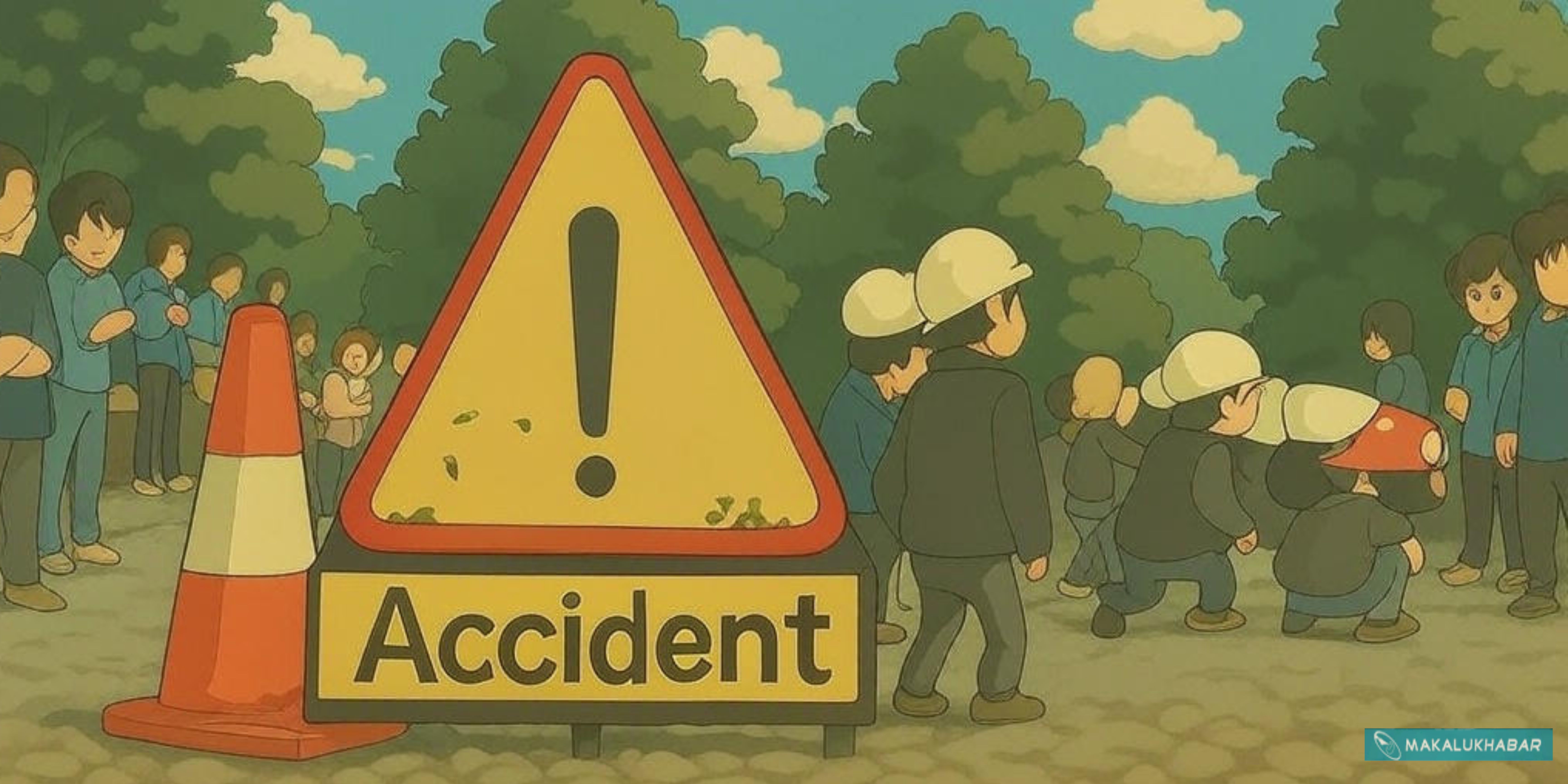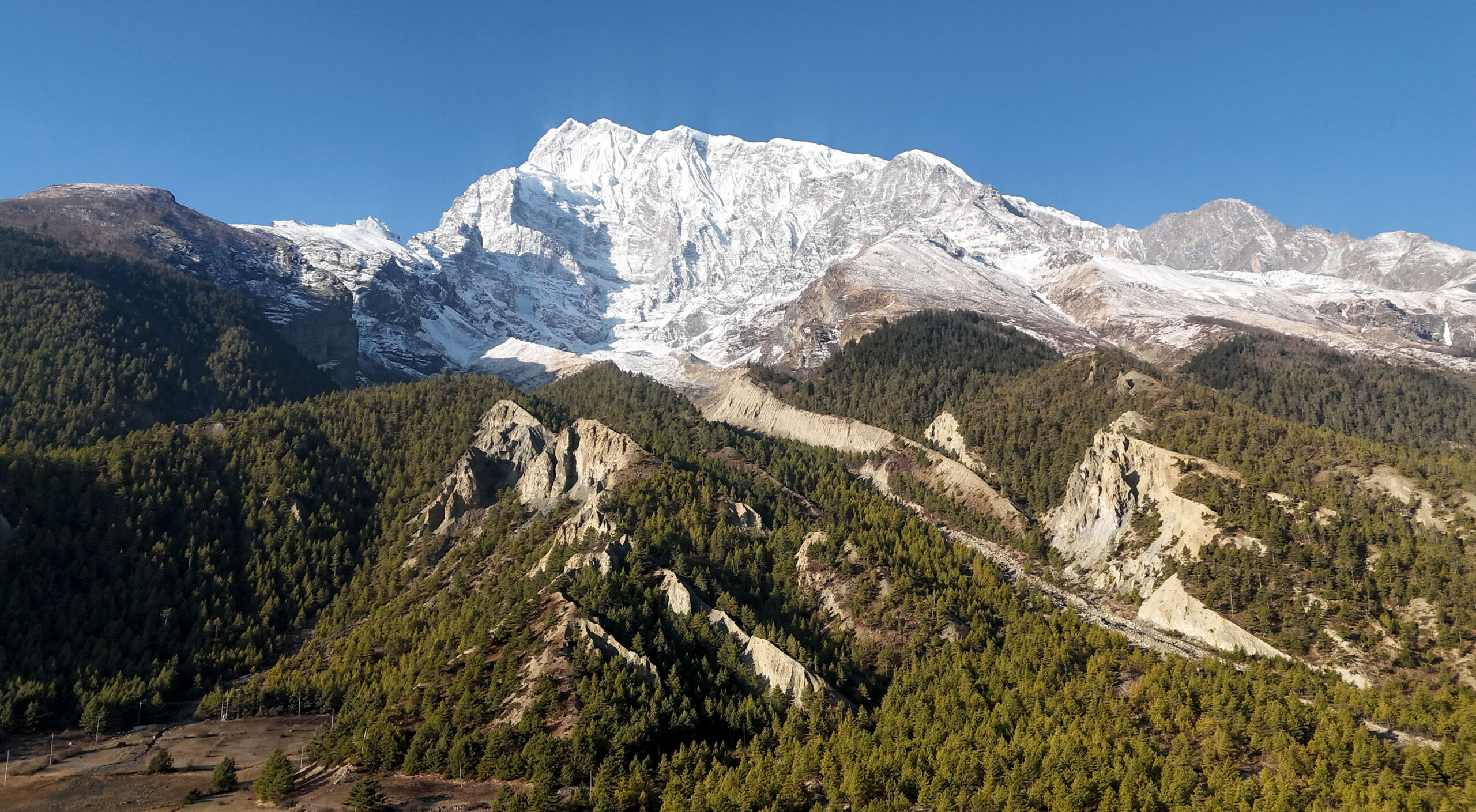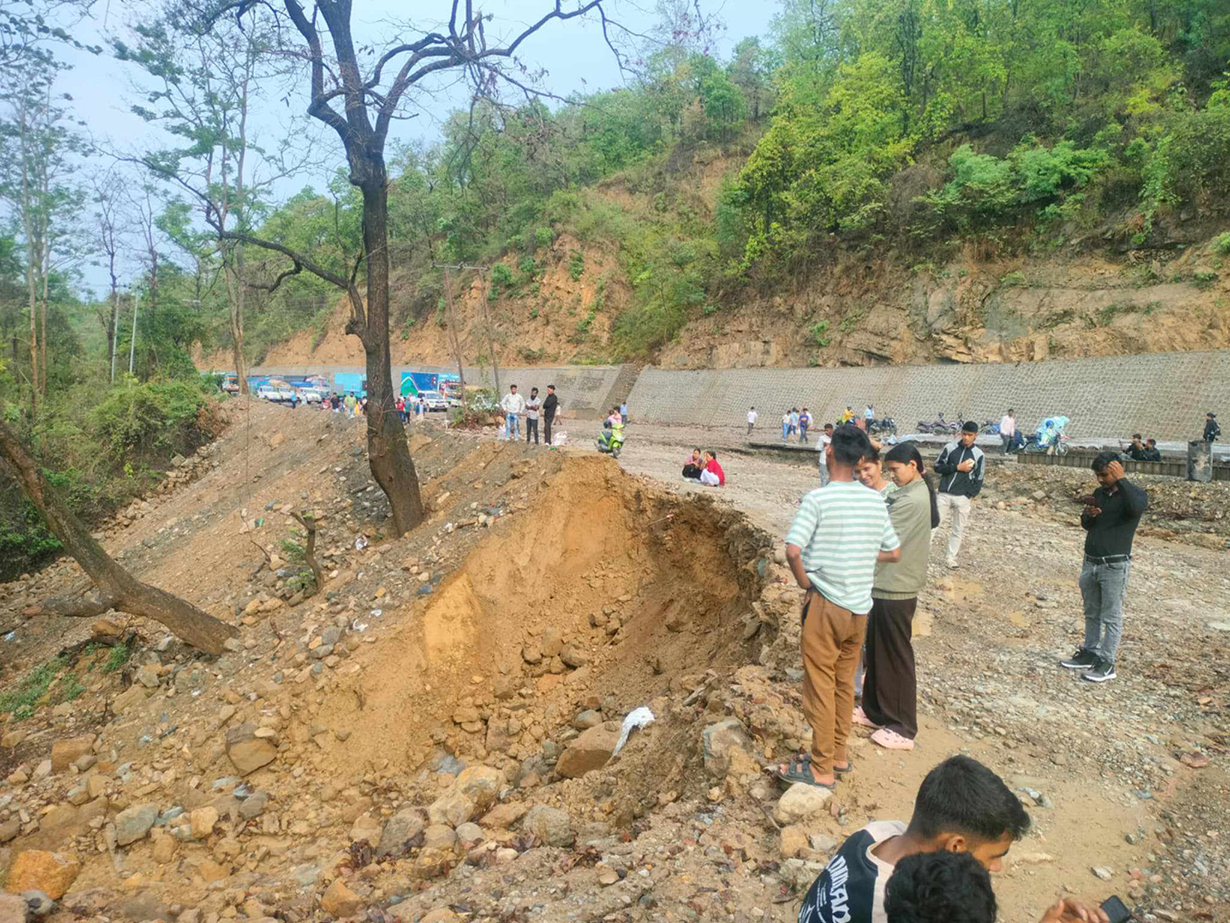Why it is necessary to protect hornets?
The insect plays a significant role in pollination as it inhabits tall trees and high cliffs that are unreachable by bees.

KATHMANDU: Hornets play a vital role in pollination and maintaining environmental balance, despite their venomous sting.
However, they are increasingly vulnerable to human activity, as their grubs are hunted for consumption due to their nutritional value. Recently, many hotels and restaurants have begun using hornets as unique ingredients to make dishes.
Hornet harvesting has been a source of income for some people. In villages, hornet hunting capacity is glorified as a courageous act.
The hornet hunting in the forest is carried out by putting one’s life at risk.
People with knowledge of the significance of this insect to the ecosystem have expressed concerns over hornet hunting growing unusually. The insect is considered the natural cleaner and the preventer of diseases. They have called for its conservation.
Tribhuvan University (TU) Central Department of Botany’s lecturer Dr Indra Prasad Subedi said insects like hornets and wasps belonging to the ‘bee family’ have contributed to the prevention of vector-borne diseases in plants. It is urgent to make the public aware of its conservation.
These insects may become extinct if the haphazard hunting goes unchecked. He said the insect stings humans when it feels threatened. Its sting may cause death and the general perception of the insect is negative. It turns aggressive if there is any encroachment on its habitat or it is poked.
“It is defensive when it feels insecure and this is the nature of the animals including insets. The act of chasing away the insect by setting its hive on fire is not ecologically recommended,” he said.
Forest Division Office, Kaski’s Chief Komal Raj Kafle viewed that it is against the law to kill any animal and insect (sans permission). Such an act is punishable by the National Parks and Wildlife Conservation Act- 2029 BS.
He said discussions have been launched among authorities concerned in the district with the report that hotels in Myagdi have started serving hornet dishes. Initially, awareness raising among the people concerned has been prioritized instead of going for legal action.
Unnatural and fatal way of animal hunting is not prescribed. The office has put up boards for public sight at different parts to make people aware of the ecological loss from the haphazard hornet hunting and legal provisions related to this.
The insect plays a significant role in pollination as it inhabits tall trees and high cliffs that are unreachable by bees. It has a high resistive capacity.
The hornet makes hive in tall trees, and cliffs and prefers inhabitation in mango and pear trees. This is a major actor of pollination in high trees, plants, and locations.
In some countries including in China, hornet farming in the domestic setting has been carried out.
The roles of insects are important in environmental conservation, the ecological cycle and the production of food.
Normally, hornets in a single hive eat up over 3,000 mosquitoes and harmful insects, and contribute to keeping the natural balance. In the absence of pollination, plants do not bear fruits. He urged the people to refrain from encroaching on the habitats of the hornet and tinkering it, as its sting is fatal.
A medical study shows that 25 percent of injuries from the hornet sting are fatal. It leaves venom in the human body through sting, according to Kafle.
There are 11 species of hornet found in Nepal. A central member of the Federation of Community Forest Users’ Group, Prem Lamichhane, said hornet hives are less visible in forests these days. Eating roasted hornets is a traditional food culture in some areas.
But small things matter in the prevention of the environment and the ecological cycle.
The visibility capacity of this insect is high and it changes its habitat as per the seasons. Bees and flies are its prey. In hilly regions, red and black hornets are found. Its lifecycle includes egg to larvae to pupa and pupa to an adult.










